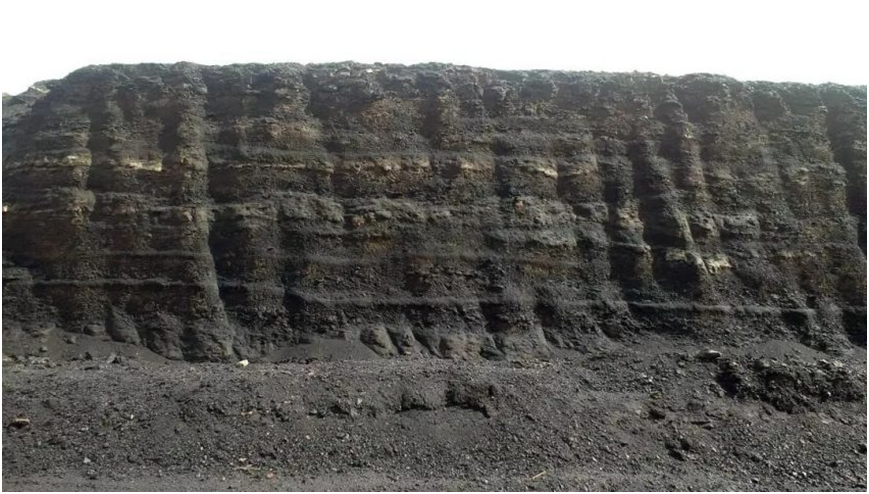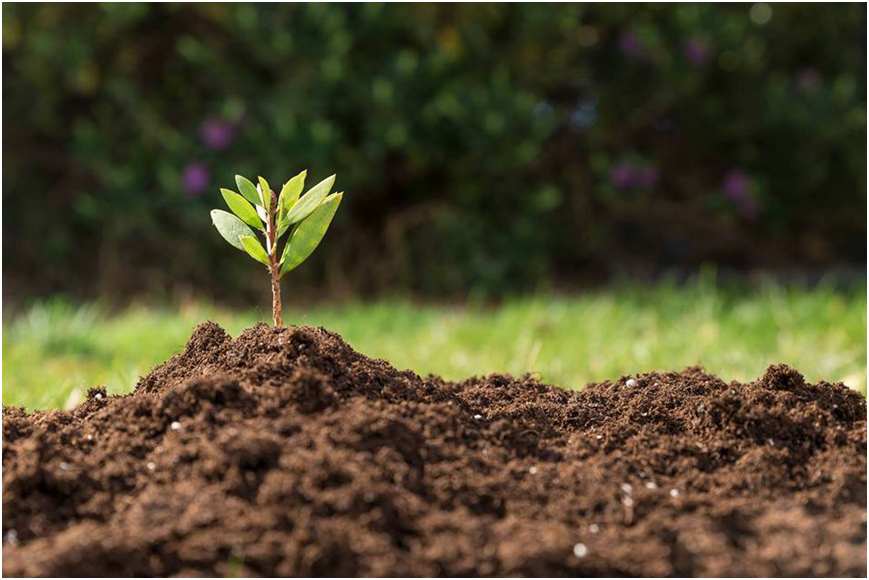
Exhibition time: 17-19 March, 2025 Shanghai, China
 中文
中文

Exhibition time: 17-19 March, 2025 Shanghai, China
 中文
中文

The fulvic acid in the potassium fulvic humate is the most valuable component in humic acid for agricultural planting and soil improvement. It is an organic small molecule compound extracted from lignite, and lignite is produced by the residues of animals and plants,which is formed by the transformation of soil microorganisms for thousands of years. The bio fulvic acid is made from industrial and agricultural organic wastes such as crop straw, poultry manure, and papermaking black liquor as raw materials.

The dosage of bio fulvic acid is 10 times of potassium fulvic humate. For example, such as bottom application,the dosage of second one is 5-10 kg per acre , while the amount of first one only needs 300-500g per acre.
Regarding the composition, potassium fulvic humate is mainly extracted from lignite formed tens of millions of years. It is rich in functional groups such as carboxyl, hydroxyl, methoxy, and phenolic hydroxyl groups, and has high activity. The main component of bio fulvic acid is lignin, protein, polysaccharide, and has fewer functional groups.

Therefore, the BFA effect in promoting crop growth, improving crop quality, and improving soil is far inferior to the former one. And the potassium fulvic humate contains 60-70 kinds of mineral elements that the soil needs to supplement, but the BFA does not have this.
In addition, it is the content of organic matter. Potassium fulvic humate is the essence of animal and plant remains. The organic matter content is much higher than that of bio fulvic acid.
The potassium fulvic humate has a unique structure and is stable to use with other fertilizers. In additional it can form soil aggregate structure, improve fertilizer utilization rate, and will not absorb moisture at the same time.
However, bio fulvic acid is easy to absorb moisture when used as a functional fertilizer and compound fertilizer additive. More than 25 kg in one ton will basically cause the fertilizer to absorb moisture and agglomerate, or even become sludge. This is determined by its inherent structural nature, and there is currently no effective solution in the industry.